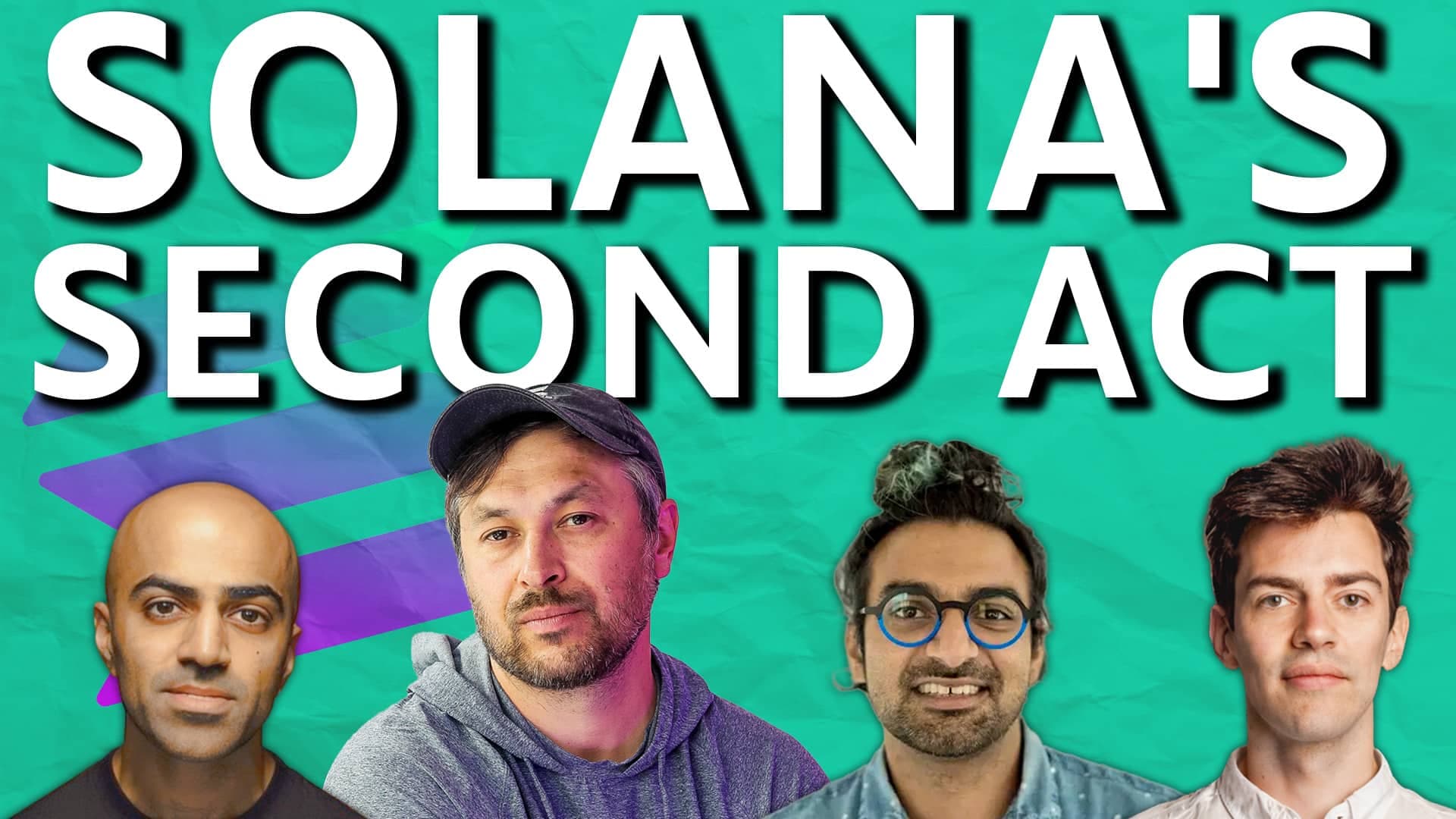Solana Co-Founder Highlights SVM-EVM Isomorphism, Positioning EVM-Compatible Projects Within Solana Ecosystem

Anatoly Yakovenko, co-founder of Solana, recently made a significant technical assertion on social media, stating, "> SVM is isomorphic to EVM. If its isomorphic to SVM its part of solana." This declaration underscores the architectural alignment between the Solana Virtual Machine (SVM) and the Ethereum Virtual Machine (EVM), suggesting that projects compatible with either can inherently integrate into the Solana ecosystem. Yakovenko, known as "toly 🇺🇸" on X, emphasizes the foundational interoperability this isomorphism provides.
The Ethereum Virtual Machine (EVM) serves as the computational engine for the Ethereum blockchain, executing smart contracts sequentially, primarily written in Solidity. In contrast, the Solana Virtual Machine (SVM) processes transactions in parallel, leveraging Rust for smart contract development to achieve higher throughput and lower transaction costs. While distinct in their operational mechanisms, the concept of isomorphism suggests a structural equivalence that allows for functional compatibility.
This architectural compatibility is not merely theoretical, with projects like Neon EVM actively bridging the gap. Neon EVM enables Ethereum-based applications to run on the Solana blockchain, translating EVM bytecode to SVM-compatible instructions. This allows developers to deploy Solidity-based dApps on Solana, benefiting from its high transaction speeds and reduced fees without rewriting their code.
Further demonstrating this trend, new initiatives like Eclipse are building Ethereum Layer 2 solutions that utilize the Solana Virtual Machine for execution. These projects aim to combine Ethereum's robust security and established ecosystem with the SVM's high performance and scalability. This approach validates Yakovenko's perspective, illustrating how EVM-compatible functionalities can be "part of Solana" through innovative architectural designs.
The implications of this isomorphism are substantial for cross-chain development and the broader blockchain landscape. It fosters a more interconnected ecosystem where developers can leverage the strengths of both Ethereum's developer tooling and Solana's performance. This technical synergy could accelerate the adoption of decentralized applications by offering flexibility in deployment and optimizing for both security and efficiency.